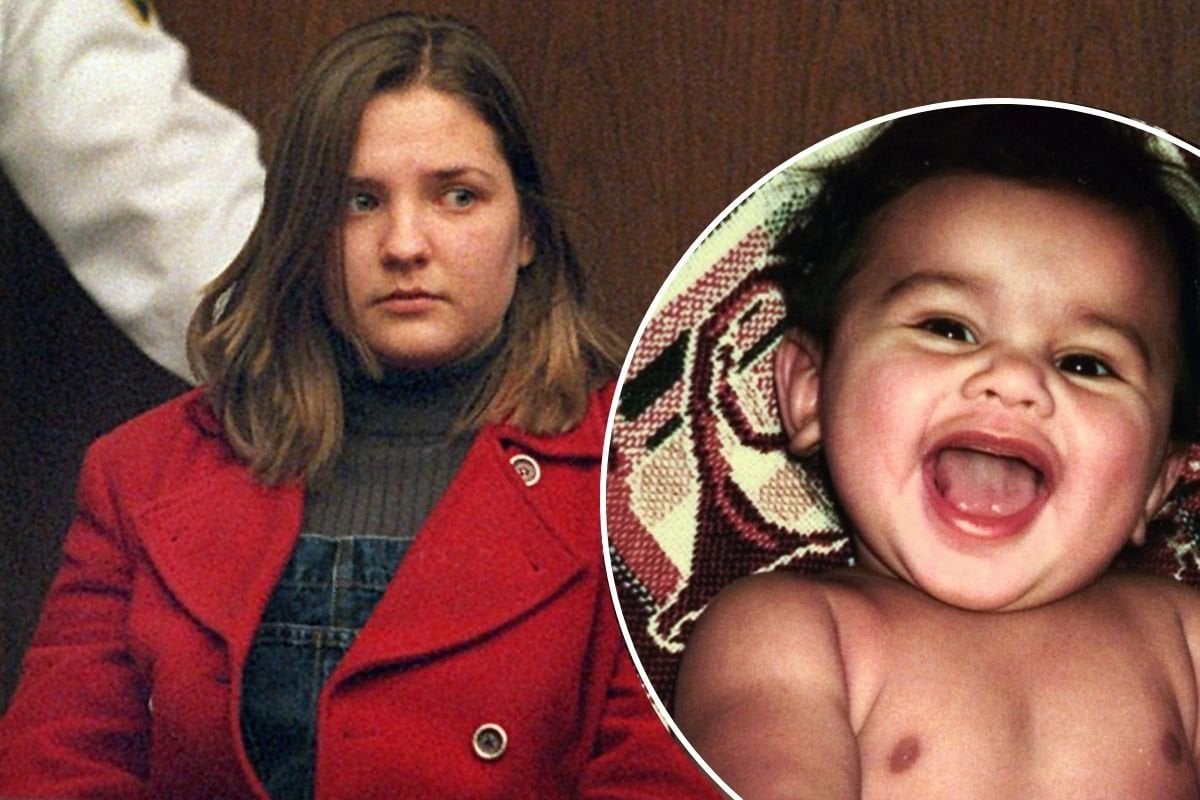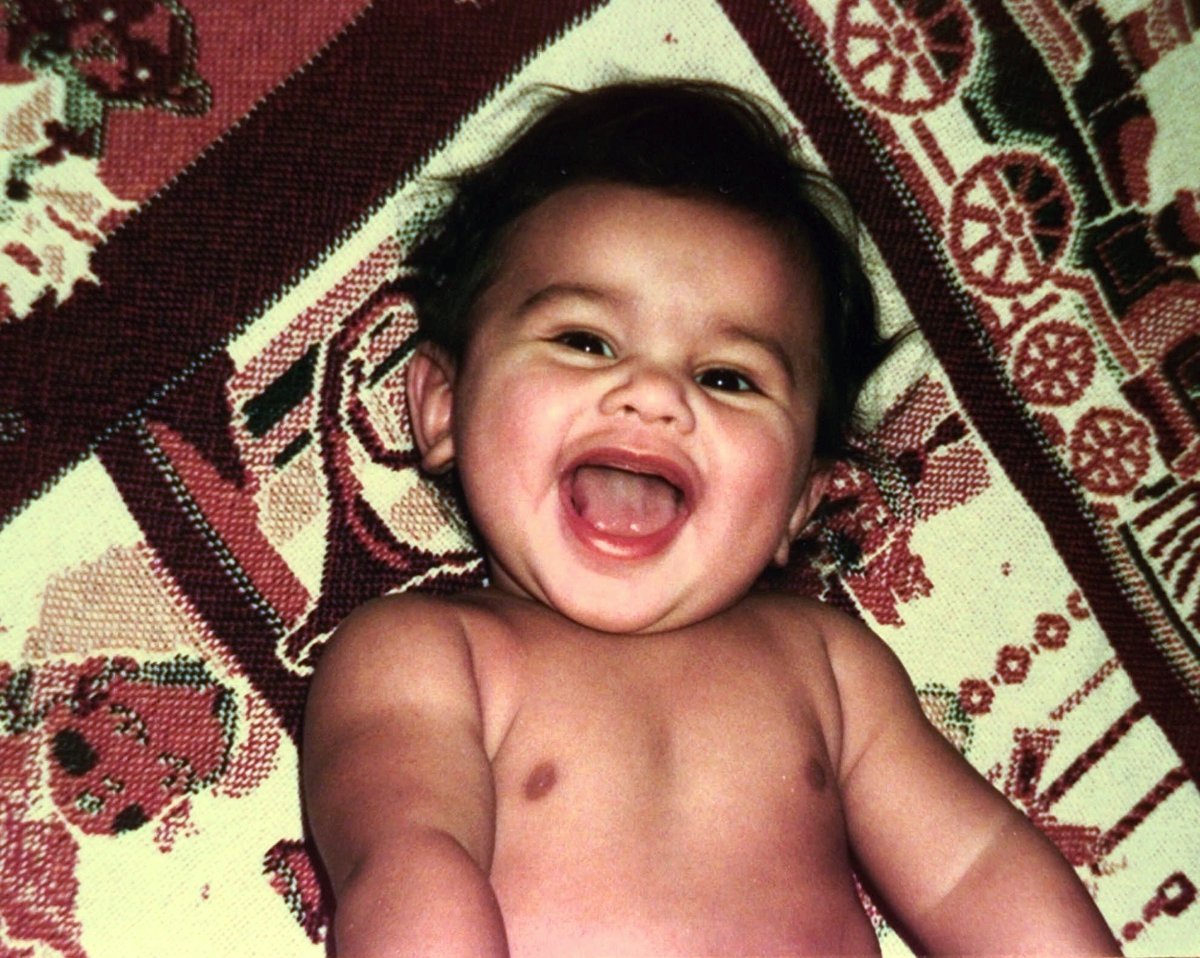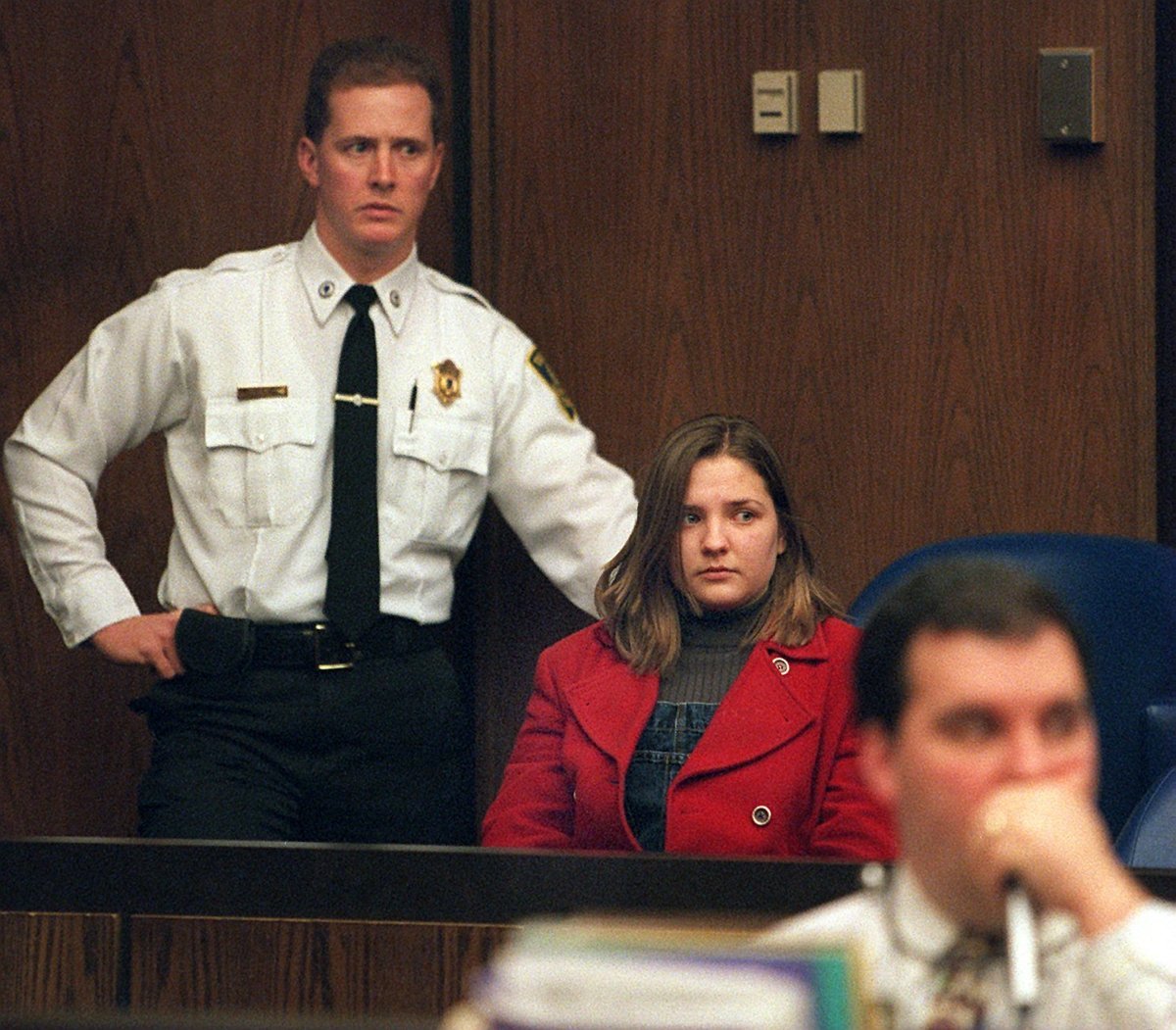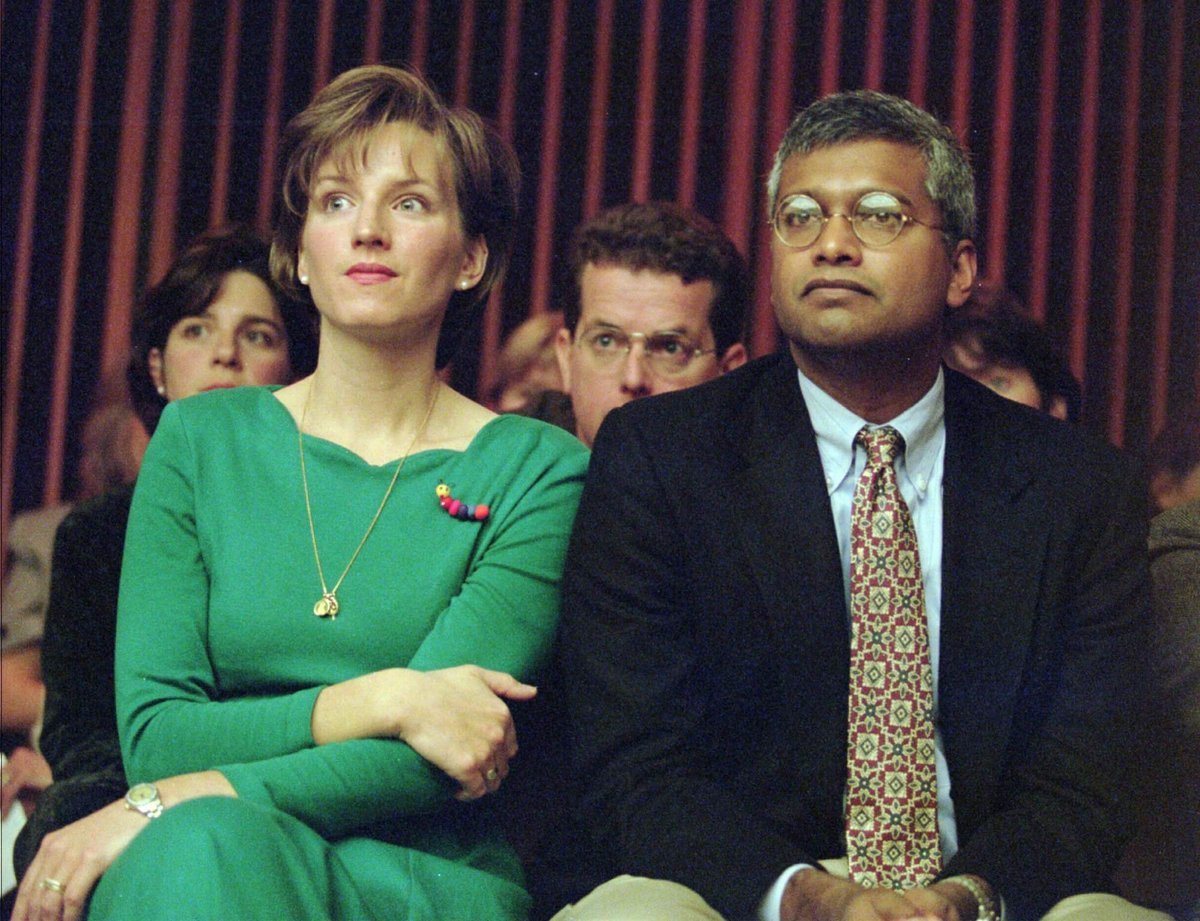
This post mentions child abuse and murder and could be triggering for some readers.
It was a case that captured the world in 1997 - everyone had an opinion on the 'killer nanny' as she prepared to go before a jury, accused of violently shaking a baby to death.
Louise Woodward was a British au pair who had been living with and working for the Eappen family in Newton, Massachusetts, for not even two months when baby Matthew died.
The excited 18-year-old had arrived on American soil keen for a new adventure. But as Matthew's mum Deborah would tell her trial, within a month they were questioning her interest in the job, patience with their kids and dedication to the role. She would stay out late and not be ready in the mornings when they needed her.
Deborah Eappen, a part-time ophthalmologist, and her husband Sunil Eappen, an anaesthetist, had two sons; Brendan and Matthew. When Louise moved in they were two and nearly eight-months-old.
WATCH: The case has been revisited on 60 Minutes this week. Post continues below.
On February 4, 1997, at 3:45pm, Louise called 911.




Top Comments
As for how the verdict- thats the issue with jury trials. Sometimes they believe the prosecution who say that the teenager was a cruel baby killer because she didn't want to get up in the morning. And studies show that they very rarely understand medical evidence & if there are two medical experts who give opposing testimony they just go with whichever one they like better.
You can literally see comments on this website where people say that mothers who put their kids in childcare are negligent and its unnatural- I have no doubt that if this case happened today there would be thousands of articles written about the dangers of career driven mothers.
This comment was removed by Mamamia's moderators because it violated our community guidelines. You can read more about Mamamia's community policies here.
This comment was removed by Mamamia's moderators because it violated our community guidelines. You can read more about Mamamia's community policies here.